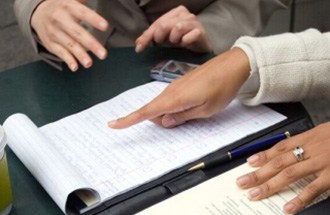Retirees often apply simplified rules of thumb to see how much to withdraw from their savings each year. What happens is that their assets continue to increase in retirement, and this increased wealth is passed along to beneficiaries. There’s nothing wrong with passing along more. However, what if there was a way to enjoy more of what you’ve saved?
Perhaps that would mean using retirement savings to spend more time with family and help loved ones, while you’re around to see it. You can do this and still preserve enough for your later years. However, it doesn’t happen by following a rule of thumb.
MarketWatch’s article, “Don’t cheat yourself with the 4% rule,” explains the rule of thumb that says you can withdraw 4% of your portfolio value each year in retirement, without incurring a substantial risk of running out of money. With this rule, for every $100,000 you have, you’d withdraw $4,000 a year.
This rule is based on solid academic research, but that research used a “set it and forget it” approach. It didn’t factor in the ability to adjust along the way. Therefore, basing your retirement withdrawals on this rule, is like planning your finances based on your situation at age 25, and then never again adjusting the plan. Experts say that unless we see the return of a Great Depression era, those who use the 4% rule will most likely have a large amount of money left over.
Financial advisors have complex mathematical concepts that can be applied to test your retirement income plan each year, so you feel confident it will continue to work. It can then be adjusted, if necessary. This testing includes things, like a Monte Carlo analysis. It’s a way to simulate random future market conditions, calculating your minimum required return to make your plan work through life expectancy and using present value formulas to compare your scheduled future withdrawals to what you have now.
Be wary of a financial adviser who uses a rule of thumb to determine your retirement withdrawal amounts. While it’s not unprofessional to use a rule of thumb to set general expectations, when you begin withdrawals, you need specifics that adjust with your situation and the world around you.
Reference: MarketWatch (June 5, 2018) “Don’t cheat yourself with the 4% rule”


